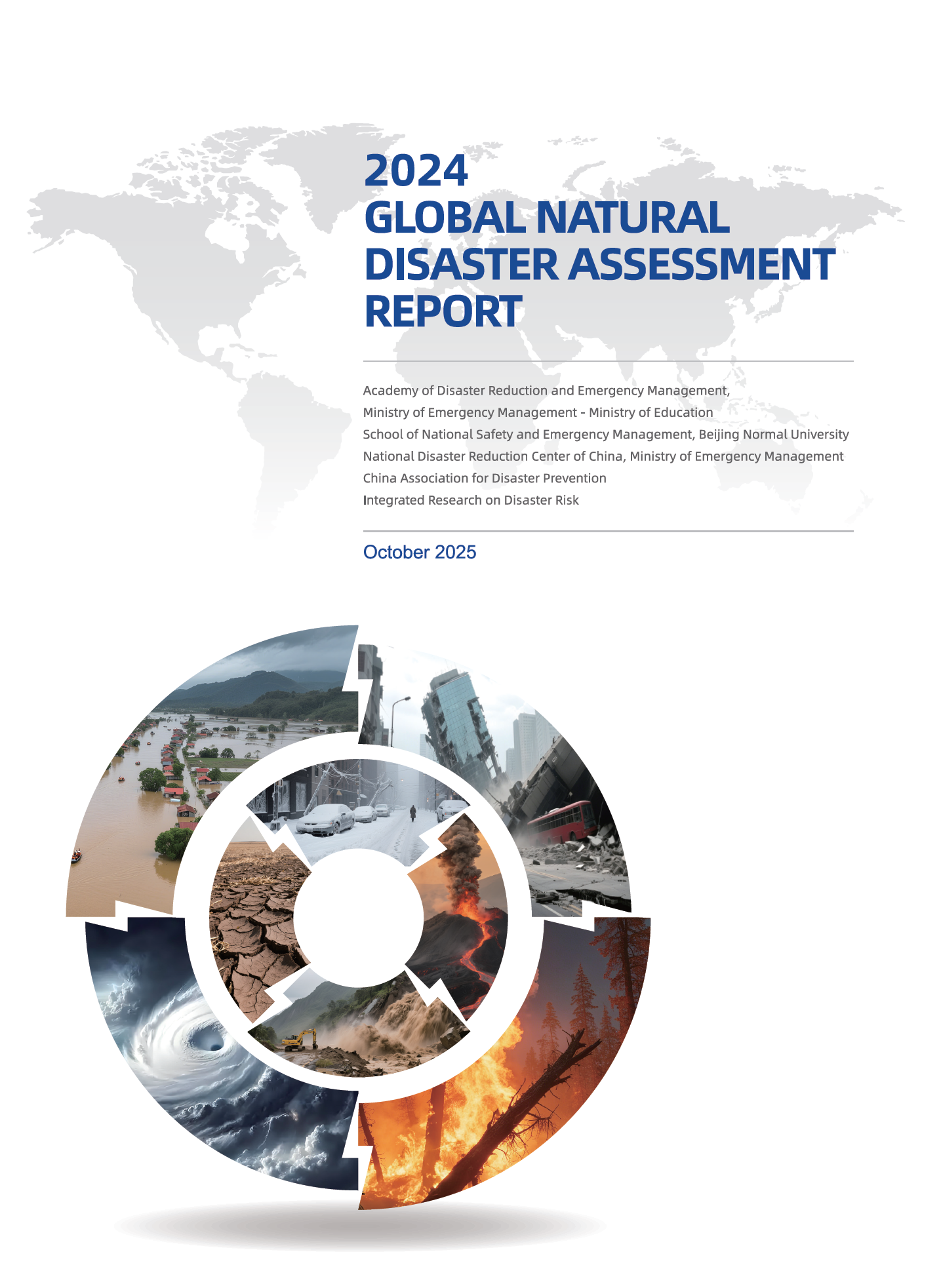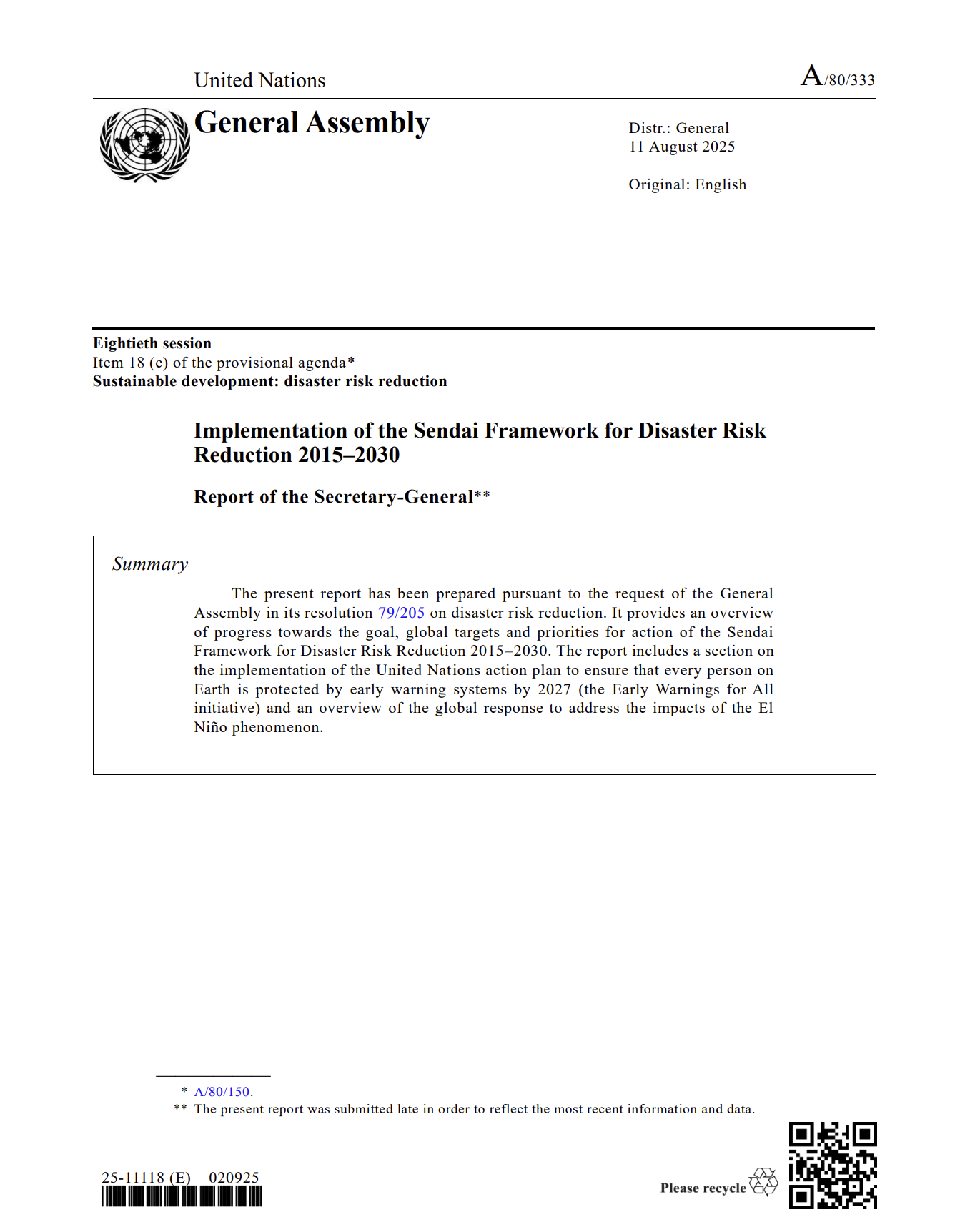  UN High Commissioner for Refugees: Climate Change and Displacement Victoria, Australia – National Climate Change and Agriculture Plan Agreed Flood forecasting a cyclone game-changer for Fiji Bangladesh to move Rohingya to flood-prone island Tasman fire review finds shortfalls in New Zealand’s preparedness for large-scale blazes UNSDSN TReNDS – SDG Financing Initiative Addressing the Challenges of Drafting Contracts for Data Collaboration  GFDRR: Communication during disaster recovery UNESCO Guidelines for Assessing Learning Facilities in the Context of Disaster Risk Reduction and Climate Change Adaptation UNDRR Work Programme 2020-2021 Data Sharing at Scale: A Heuristic for Affirming Data Cultures Citizen science and the United Nations Sustainable Development Goals  World Bosai Forum/International Disaster Risk Conference 2019 – (09-12 Nov, Sendai, Japan) Big data, Big Impact? The Future of Gender-Sensitive Data Systems – (New York City, 12 November) CODATA – VizAfrica Botswana (18-19 Nov, Botswana) Understanding Risk Europe – (27-29 November, Bucharest, Romania) Evidence for Policy School – (Jan 13-15 2020, Florence, Italy)  |
Home / Knowledge Pool / Publications
Disaster Risk Reduction and Open Data Newsletter | November 2019 Edition
13 December 2019

Scientific Outputs
Publication Year:
Attachments:
Related Publications
27 November 2025
New research in Nature Climate Change reveals large-scale compound ocean changes. The study, led by IRDR Young Scientist Dr. Zhetao Tan, provides a crucial framework for assessing these multidimensional climate risks.
13 October 2025
Based on disaster data and risk analysis, this report provides robust data support for natural disaster risk assessment and management. This work consistently contributes to global integrated disaster reduction capability building.
15 September 2025
The Secretary-General’s report on the implementation of the Sendai Framework for Disaster Risk Reduction 2015–2030 provides an overview of progress made toward reducing disaster risk and strengthening resilience worldwide.








